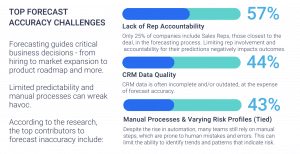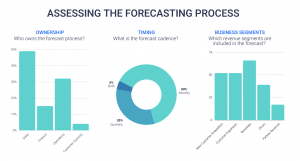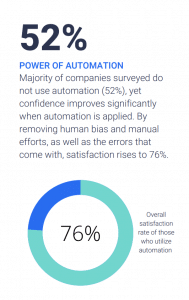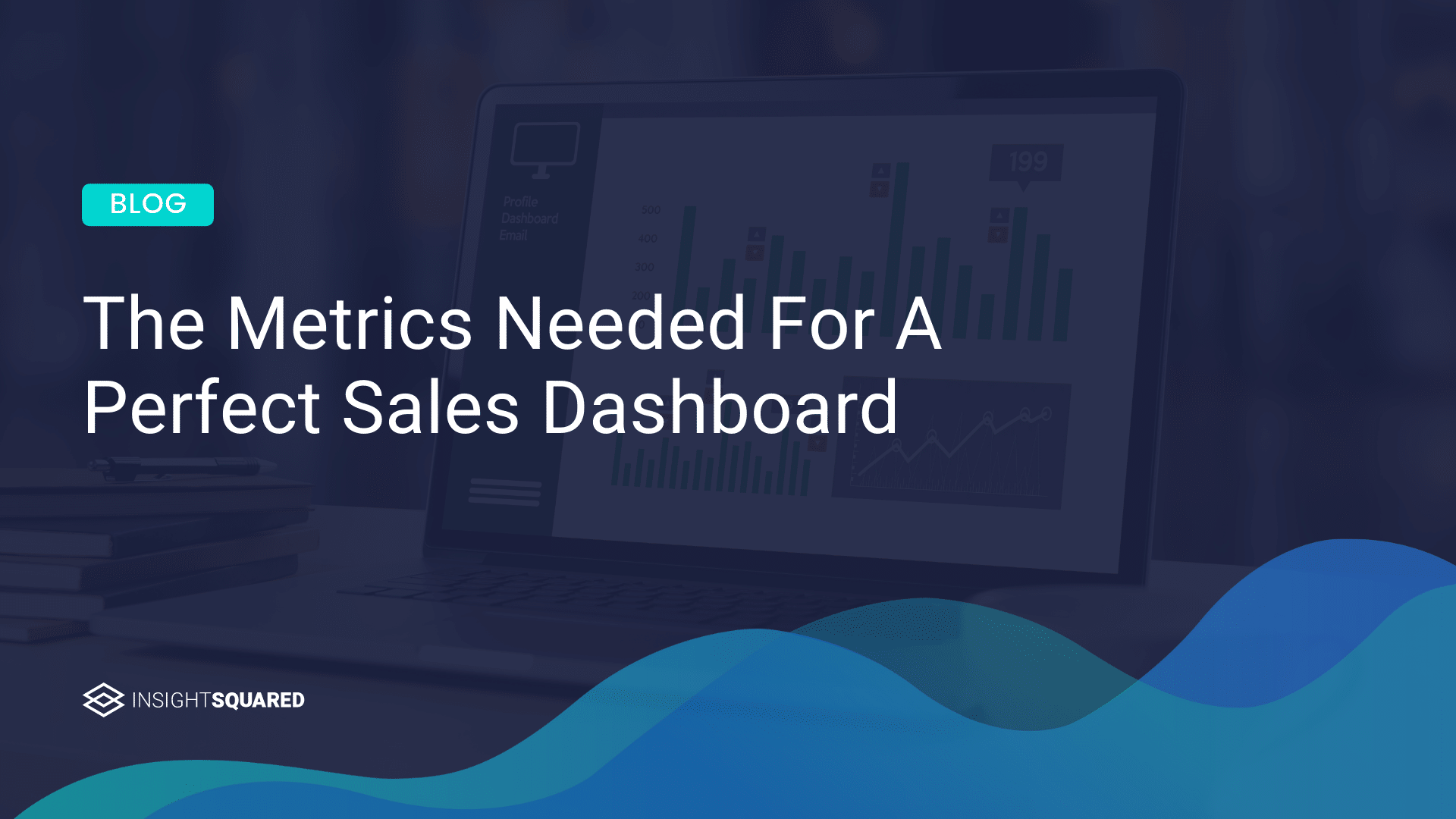Curious about what other revenue leaders really think about their own forecasting practices? Ever wish you had sales forecasting benchmarks to assess how your own organization stacks up?
Enough guessing. And enough assuming that forecast inaccuracy is simply something you have to accept.
Introducing the Ultimate Forecasting Benchmarks: The 2021 State of Sales Forecasting
InsightSquared is excited to unveil The 2021 State of Sales Forecasting study. We launched this first-of-its kind forecasting research report in partnership with RevOps Squared, a SaaS benchmark and research firm. The survey process engaged with nearly 400 B2B enterprise organizations across industries.
The goals of this study include:
- Gain insight into how organizations manage the forecasting process
- Understand how revenue teams determine their forecast and key indicators that are assessed
- See how automation factors into satisfaction
- Establish industry benchmarks for forecast management, process and performance
- Identify opportunities for improvement
What’s the state of forecast accuracy
You made it clear — when it comes to forecasting, there is absolutely room for improvement. In fact, only 15% of revenue leaders are very satisfied with their forecast process. A majority of participants — 91% — indicated their predicted forecast is six percent or more off from actual results. And 68% of companies miss their forecast by 11% or more.

68 percent of companies miss their forecast by 11 percent or more
Findings like this peel back the curtain on how CROs and other revenue professionals decide to take critical actions that impact their organization’s growth.
The reality on the ground is that many revenue leaders are moving forward without a clear and precise view of how the decisions they make impact the future of the business. From market expansion to headcount, technology and product roadmap decisions, businesses simply do not have the line-of-sight needed to plan.
The 2021 State of Sales Forecasting study lays bare the challenges of getting accurate forecasting and offers insights to help revenue leaders improve forecast management for their organizations.
What are the top challenges to reliable forecasting
Of the participants surveyed for this benchmark study, only 15% of revenue leaders are very satisfied with their forecast process. That means a whopping 85% want more. The results of this study help identify the gaps in forecasting accuracy that lead to this high level of dissatisfaction.
Key takeaways from the research point to the top contributors to forecast inaccuracy.
Lack of Rep Accountability was ranked the top reason for poor forecast accuracy (57%), with CRM Data Quality (44%) second and Manual Processes and Varying Risk Profiles (43%) tied for third.

57 percent of companies blame lack of rep accountability
One of the keys to honing your forecast accuracy? Find ways to get your sales reps involved. Only 25% of companies report their reps — the people most hands-on when it comes to deals — are actively involved in the forecasting process.
How to assess your sales forecasting
Who owns forecasting? There’s a wide variation across organizations. This study shows that sales owns the process more often than other business areas (49%), followed by operations (36%).

Sales owns the forecasting process most frequently, followed by Operations
Understanding the ownership, cadence, and business segments related to forecasting plays a large part in optimizing the process to meet your revenue goals.
The implications of forecasting ownership include areas like renewals. If renewals are the responsibility of Customer Success at your organization, for instance, it’s advisable to get their input and participation. For many businesses, this study’s findings will lead to the adoption of a more cross-functional revenue team.
How to improve your sales forecast
With an understanding of the common obstacles to accurate forecasting, and after assessing the forecasting process at your organization compared to others, it’s time to ask: how can you significantly improve your forecasting outcomes?
The findings of this report show that leveraging the power of automation is increasingly important to forecast accuracy and satisfaction.

52% of companies still have not adopted automation.
While a majority of companies (52%) haven’t yet adopted forecasting automation, for those that have, the difference in their confidence is significant. By removing human bias, errors, and other issues that stem from manual efforts and manual efforts, satisfaction with forecasting accuracy grows to 76%. Simply put: automation boosts forecast satisfaction. See the 2021 State of Sales Forecasting infographic.
Want to increase your satisfaction with and confidence in your forecasting accuracy across the board?
Adopting a predictive sales forecasting solution that automates activity capture, gives you an unfiltered, unbiased view of your forecast, and validates your data with machine learning helps revenue leaders make business decisions your organization can rely on.
Keys to successful sales forecasting
Other key insights in The 2021 State of Sales Forecasting study that impact forecast accuracy, efficiency, and predictability:
- Aim to reduce the number of tools and silos: 80% of participants report the use of two or more forecasting platforms, and 55% say they’re using three or more. Less than one third of participants are using their CRM for opportunity scoring, instead relying on spreadsheets, leading to inefficiencies and data silos. Modern forecasting tools can provide a seamless experience to fill this gap.
- It’s time to look beyond sales stages: Regarding forecasting opportunities, Sales Process Steps (53%) and associated stages are the top input factor, with only 30% of companies considering Executive/Economic Buyer Involvement . The focus on sales stages can present a flawed view because it relies on reps to accurately report each Opportunty’s sales stage progression.
- Forecasting systems should adapt to fast-moving opportunity changes: Less than half (47%) of opportunities actually close within the original forecast date. Of opportunities that push out, they most frequently move five times. This shifts the burden to forecasting owners, who must stay on top of these changes and adjust quickly based on lack of predictability.
InsightSquared is committed to helping you improve your forecasting and achieve your 2021 revenue goal — and beyond. Get insights and answers that will boost your forecast accuracy. View the full in-depth report and research findings download the State of Sales Forecasting.



